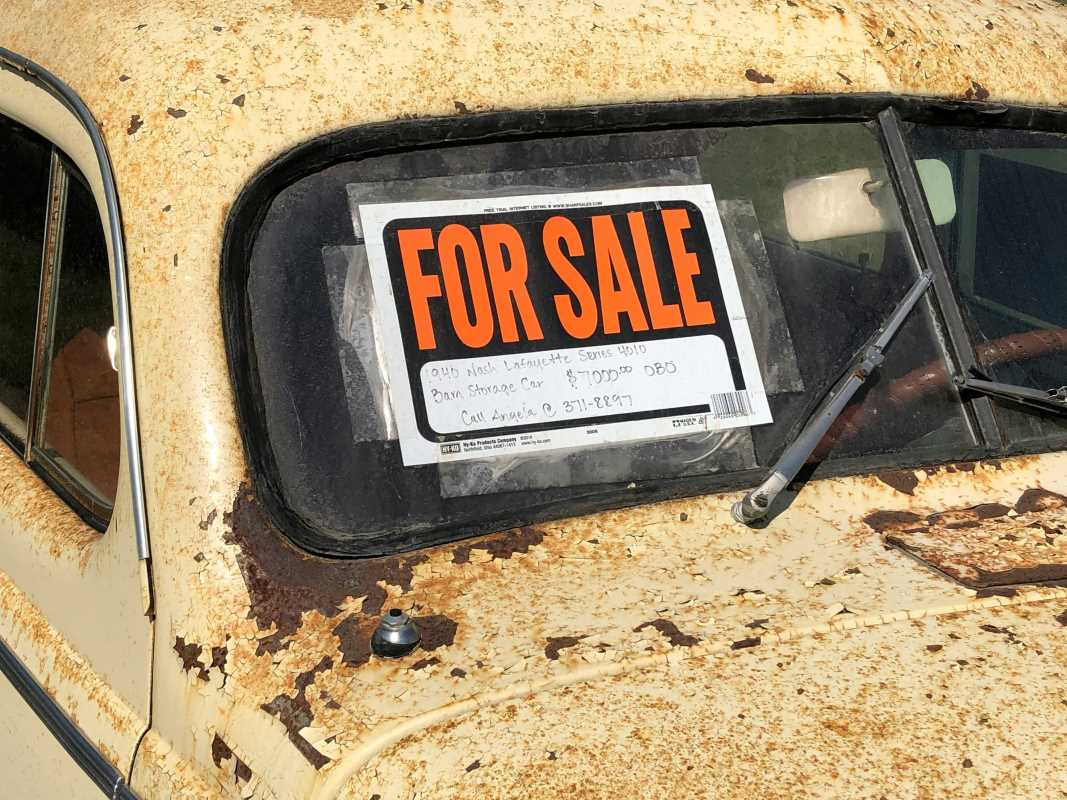Selling a vehicle is like passing the baton in a relay race; everything needs to be done smoothly, and the handoff has to be precise. Among the essential aspects of selling your car, creating a legal bill of sale ranks high. This document isn’t just a scribbled note saying, “I sold my car, thanks.” It’s a well-structured, written agreement that legally transfers ownership and protects both the buyer and the seller from future misunderstandings or disputes.
Wondering what makes a bill of sale complete? Here’s a breakdown of the key elements you’ll need.
Identifying the Vehicle Clearly
First things first, the bill of sale must contain decisive information about the vehicle being sold. Think of this as the document’s way of shouting, “Yes, THIS is the car we’re talking about!” Details include the make, model, year, VIN (Vehicle Identification Number), color, and mileage. Not only does this accuracy instill confidence in the buyer, but it also ensures there are no disputes later about which car was involved in the transaction.
The VIN is especially important because it acts like the vehicle’s fingerprint. Unlike a license plate, which can be swapped or updated, a VIN is forever linked to one specific car. Including it leaves no doubt about which vehicle changed hands. A simple mistake here can cause complications down the road, so double-check those digits before closing the deal.
Stating the Price and Payment Details
Ah, the sweet sound of money changing hands. The second essential piece to include in your vehicle’s bill of sale is the agreed-upon purchase price. But don’t stop there; including the method of payment is equally vital. Whether the vehicle is being sold for a lump sum, a monthly installment plan, or in exchange for, say, a boatload of cupcakes (hey, stranger things have happened), the specifics should be crystal clear.
It’s also a good idea to note any deposits made before the full payment and whether the amount was paid in cash, check, or via another method. If the price includes taxes, fees, or other costs, make sure they’re broken down on the bill. Transparency here is key to avoiding awkward conversations later. A clearly outlined payment section ensures both parties know the deal is fair and square.
Establishing Buyer and Seller Information
A good bill of sale doesn’t just focus on the vehicle; it includes detailed information about both the buyer and seller. Think of this as your get-out-of-jail-free card in case something goes wrong. Full names, addresses, and contact information for both sides need to be included.
If either party uses aliases, nicknames, or business names, the information listed should match what's on official identification. For example, if the buyer plans to register the car under “Bethany Enterprises,” this should be noted to avoid confusion at the DMV or later disputes. Similarly, provide contact details, like valid phone numbers, so everyone stays reachable. A document with solid buyer and seller information builds trust and ensures accountability.
Including Warranties or “As-Is” Details
One of the most misunderstood yet critical aspects of any private sale is whether the car is sold with warranties or “as-is.” This section of the bill of sale clarifies what, if anything, the seller guarantees after the sale. Spoiler alert: “as-is” means the buyer accepts the vehicle in its current condition, with no room for complaints about that squeaky door or temperamental A/C later.
On the other hand, if you’re offering even a short-term warranty, state the specifics. Whether it’s a 30-day guarantee on the car’s engine or a promise that repairs to the newly installed brakes will be covered, ensure every agreed condition is on paper. This section sets the tone for post-sale responsibilities and keeps everyone on the same page (literally).
Confirming the Transfer of Ownership
Finally, don’t forget to reaffirm that ownership of the vehicle is officially changing hands. This might seem like an obvious step, but the wording you use here should be precise. Phrases like “I, [Seller’s Name], hereby transfer ownership of [Vehicle Details] to [Buyer’s Name]” leave no room for ambiguity. This section acts as the seal of the deal, tying together the terms and formalizing the sale.
For an extra layer of security, list the date of the transfer and ensure everyone signs and dates the bill of sale. While legal requirements for signatures vary from state to state, having both parties sign the document is always a good idea. Some regions may even require notarization, so check your local laws before finalizing the agreement. This step ensures the car is officially out of the seller’s hands and into the buyer’s, clarifying who’s responsible for things like insurance and registration moving forward.
Pro Tips for Drafting the Perfect Bill of Sale
Ensuring your bill of sale ticks all the right boxes can feel like piecing together a puzzle. Here’s a quick checklist to help keep you on track:
- Be clear and specific. Avoid vague terms or language; precision prevents disputes.
- Use a template. Many states provide free or low-cost templates online.
- Check for local requirements. State laws about vehicle sales vary; some may demand notarized documents or additional details.
- Make copies. Both buyer and seller should walk away with their own, signed copy for future reference.
- Be honest. Completely disclose any relevant issues with the car during the sale process, even beyond what’s written on paper.
Staying ahead of potential hiccups begins with preparing a thorough and legally sound bill of sale. Having everything detailed leaves little room for confusion or regret.
Why a Detailed Bill of Sale Matters
At first glance, a bill of sale might just feel like a pile of legal mumbo-jumbo. However, its importance becomes crystal clear the minute anyone raises a concern about the car’s condition, previous accidents, or title issues. A properly prepared document shields the seller from liability and clarifies the buyer’s expectations. It’s more than a contract; it’s a road map for ensuring a smooth, drama-free transaction.
For buyers, it serves as proof of purchase, something they’ll need for title registration, insurance purposes, or even in case of a roadside misunderstanding with law enforcement. For sellers, it’s an invaluable way to confirm that the vehicle is no longer your responsibility. No random parking tickets arriving months later for a car you don’t even own anymore!
 (Image via
(Image via





